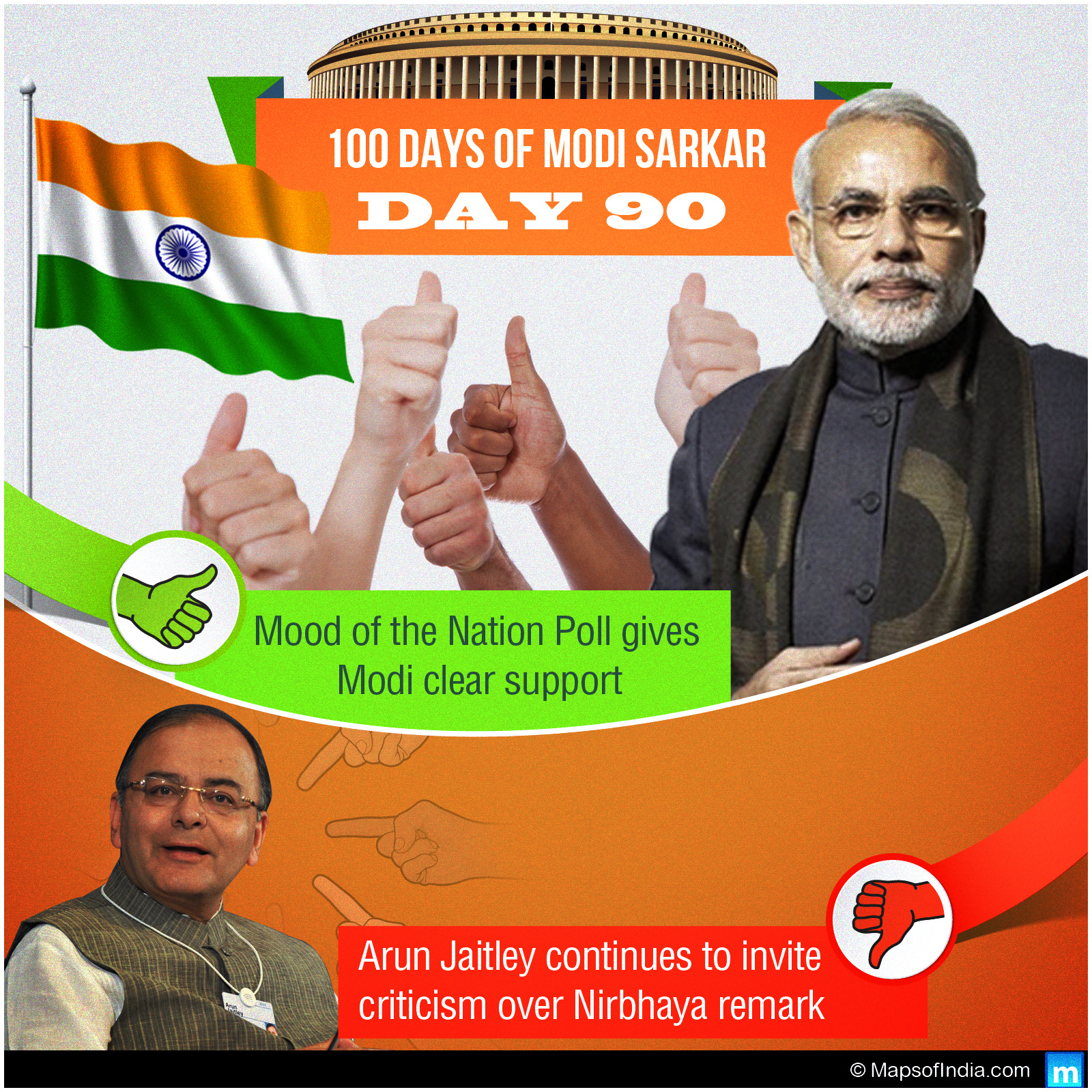Prime Minister Narendra Modi’s hyper-active diplomacy since taking office in 2014 has paid handsome dividends, both to himself and the country. In a telling recognition of his diplomatic efforts in bringing India onto the centre stage of global geo-politics, the US Assistant Secretary of State for South and Central Asia, Nisha Desai Biswal, called it ‘The Modi Doctrine’.
So what is ‘Modi Doctrine’?
The US recognizes that ever since Modi took office, he has been trying to change the way India conducted its foreign affairs. In a polarized world of the Cold War between United States and former USSR after the World Wars, India had chosen to follow a path of remaining non-aligned, that is, refusing to commit itself to either side but retaining the option to lean either way if a push came to a shove.
India’s socialist leanings brought it closer to the USSR and this became official when the US threatened to send its aircraft carrier Kitty Hawk to support Pakistan in the run up to the war for the liberation of Bangladesh in 1971.
Prior to that, in the early days of the Cold War, India, under the leadership of Jawaharlal Nehru, decided to champion the cause of the ‘Non Aligned Movement’ (NAM) and took up founding leadership, along with the likes of Tito of former Yugoslavia and Nasser of Egypt.
The Cold War got over with the collapse of the Soviet Union but India remained reticent on giving up its past and establishing new relationships based on emerging geopolitical realignments. The old guard of the bureaucratic and political establishment ensured that. Former Prime Minister Rajiv Gandhi did take some initiative in trying to break away from the past but he was only partially successful. India remained passive in its diplomacy and hesitant to create its own path and identity through international leadership.
2014 changed all that when Narendra Modi became Prime Minister. He seemed clear in taking India out of its passive mindset and onto the centre stage of global politics and he had the mandate to see him through. The last two years have seen India shake off its past and aggressively take up issues of global concern. India’s pro-active and firm position on ‘climate change’ and ‘energy security’ has taken the world by surprise and today, India is viewed with a new sense of respect and admiration.
India had been slow in opening up its economy and when it did, it was overshadowed by its larger and faster growing neighbour China. After years of remaining in the shadows in international diplomacy, India under Modi is breaking away from its lethargic and reticent past and willing to create its place in the emerging global order.
In recent years, China has been flexing its military muscle in the South and East China Sea, trying to aggressively dominate its neighbours by forcefully taking control of islands that have been under dispute for years. China’s rapid growth in the last two decades has changed the earlier global economic and security balance. The world order is yet to find its equilibrium even as each country is still evaluating the implications of the fast evolving geopolitics.
But unlike earlier, India has shed its hesitation in taking sides and the same was clearly articulated during Modi’s recent visit to the United States. In his address to the US Congress, Modi affirmed India’s commitment to its responsibility towards the global community in ensuring peace and security in the India Ocean Region and extending its voice in regions beyond and including, the seas around China. This is what led Nisha Biswal to call Modi’s vision ‘The Modi Doctrine’. This is a major statement of endorsement in recognition of Modi’s vision for India and its commitment to global causes.
But is everyone buying it?
The ‘naysayers’ will always be there and that’s the nature of democracy. While Modi is feted for his efforts internationally, back home in India, there is a constituency that sees his efforts as an attempt at self-projection and promotion. The Congress party refuses to recognize his achievements or appreciate his efforts in bringing India onto the centre stage and in getting itself heard at international forums. BJP’s own ally in Maharashtra, Shiv Sena, has been critical of Modi’s international trips but they are more for the sake of embarrassment rather than any ideological opposition.
The Left parties remain wrapped in a time capsule of the past, refusing to accept the new world and still continue to hope for a communist-socialist revival someday. To them, Narendra Modi’s outreach to the US is a betrayal of India’s glorious path of non-alignment, while continuing to ignore the fact that Marxism, Leninism and Maoism have all been given a burial in each of their home states.
Moving forward
India has rightly identified and recognized the importance of the seas and its impact on global trade and influence. India is strategically located to control and influence sea trade between the East and West.
China’s belligerence in addressing its neighbours’ concerns with regard to the disputed islands has placed it in a corner, with international opinion going against it.
India is now recognized as an emerging regional power that can strongly influence events in the region stretching from the Middle East to South East Asia.
Water is one theatre of potential conflict where conventional military might will continue to act as a vanguard of diplomacy and Modi is now more willing to leverage India’s strategic advantage to pursue its interests in the region.
Under Narendra Modi, India is now moving towards a convergence with the United States in strategic thinking and is clearly on a path towards developing a military muscle that will help endorse its voice in international forums, and also stand up to China, as and when needed.
Part of ‘The Modi Doctrine’ has been to engage pro-actively with neighbours and other countries with similar views, to try and address issues of common concern. This is a path India must continue to take without overt diplomatic or military aggression. India can only gain international credibility through a lasting legacy that Narendra Modi seeks to leave behind.
Read More:
India MTCR Membership – Benefits, Importance, Criteria
The Modi-Obama Meet
PM Narendra Modi’s Switzerland Visit
What is NSG and why is India seeking its membership?
Countries Visited by Narendra Modi
Key Takeaways from Modi’s Foreign Tours
Modi’s UK visit reinforces India’s status as a rising power
PM Narendra Modi’s Ireland, US Visit
PM Modi’s tour of UK and Turkey
PM Modi’s Tour of Russia and Central Asia
The Reason Behind Modi’s Russia Visit
PM Modi bridges the Gulf
Importance of Modi’s Iran Visit
Biography of Narendra Modi






